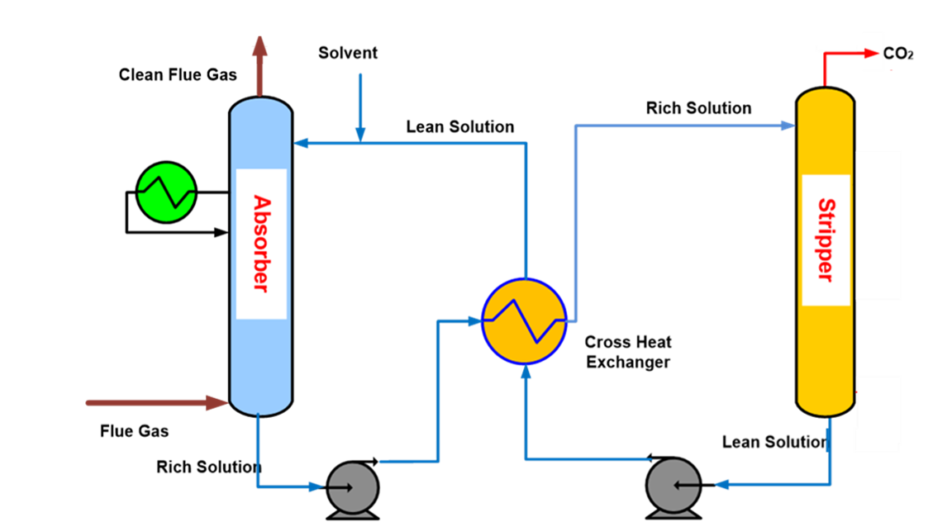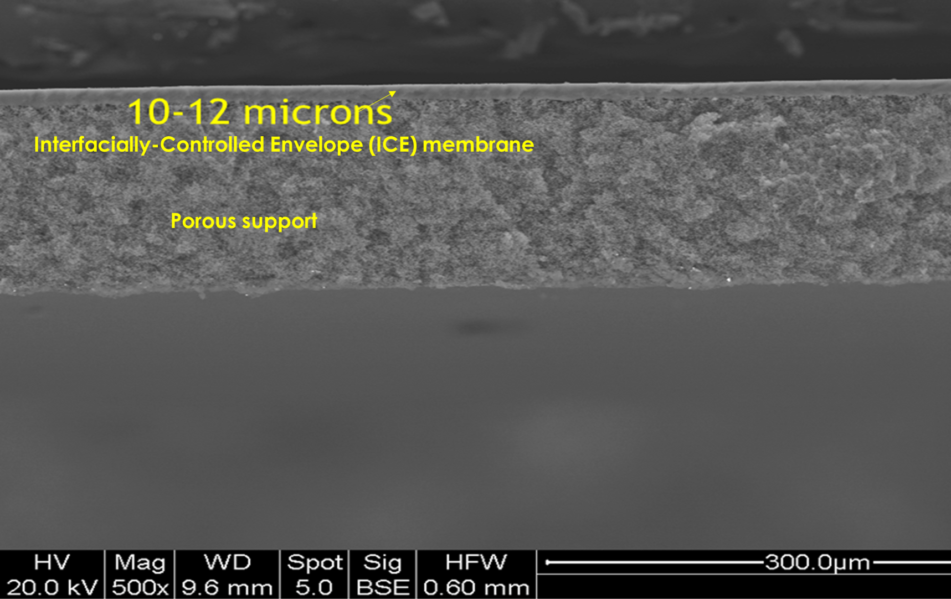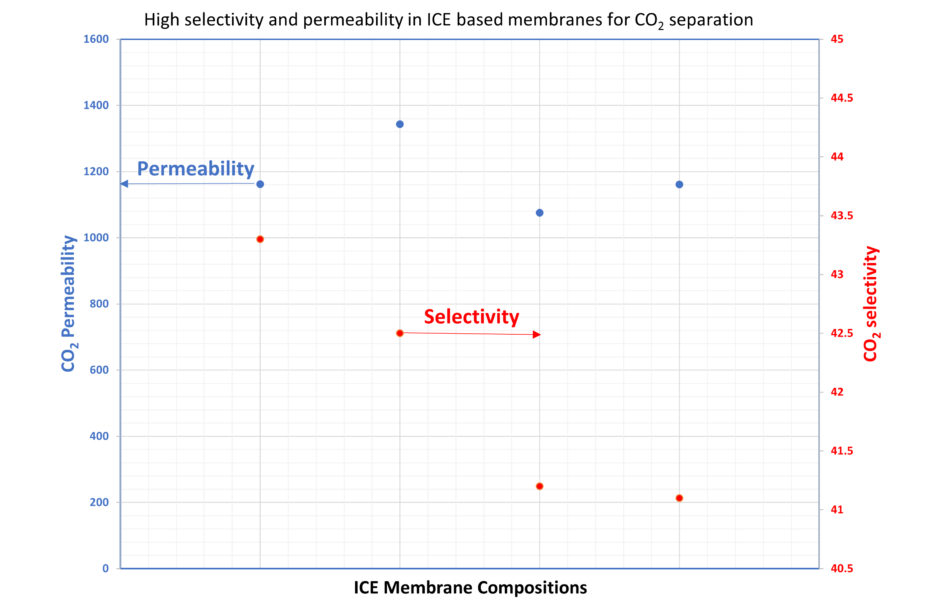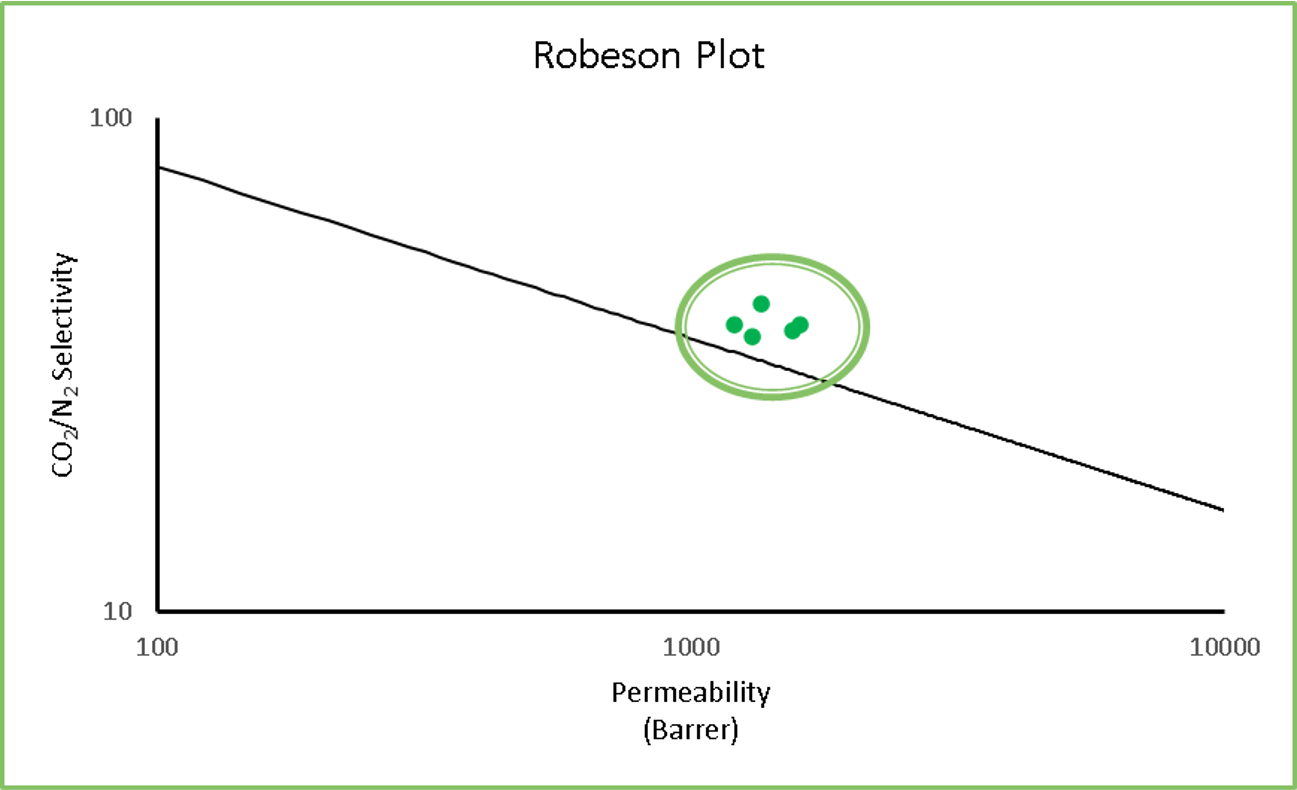Reducing emissions is critical to combating the global climate crisis. However, reducing emissions alone is not enough. Comprehensive plans to remove billions of metric tons of carbon dioxide are necessary to curb the dangerous consequences of climate change.
RoCo® is a demonstrated leader in multiple approaches to carbon dioxide capture. We focus on developing new, high-performance materials to lower the cost of capture from air and industrial sources (power plant flue gas and large emission sites). Our areas of research and expertise include: amine solvents, membranes and sorbents for direct air capture (DAC).
We are the perfect partner for companies, large and small, investing in materials for carbon capture due to our experience in developmental services. Companies come to RoCo® when they want a trusted partner to design, synthesize and test new materials for carbon capture, optimize processes and de-risk critical processes.
Solvents
Amine solvents
Using amine solvents for carbon dioxide capture is a well-developed process. However, recent efforts have focused on improving the effectiveness and efficiency of the process. One challenge is the increase in viscosity as carbon dioxide is absorbed. To address this problem, RoCo® scientists have developed an additive capable of significantly reducing viscosity of amine solvents as carbon dioxide is absorbed. The reduced viscosity increases heat exchanger and mass transfer efficiency thus saving capital costs and energy consumption.
To learn more, check out these blog articles and publications.
Our low viscosity solvents deliver significant savings to traditional CO2 capture systems by decreasing operational cost, reducing the size of the capital needed and improving efficiency of the system.
Membranes
Interfacial Membranes
Membrane materials can be used for carbon capture but much work is needed to improve material performance and process design to achieve cost competitiveness. RoCo® scientists have designed interfacial controlled envelope (ICE) membranes by tuning the membrane surface with nanoscale additives. These membranes can be incorporated into a two-stage, hybrid carbon capture system yielding improved material and process performance.
To learn more, check out these blog articles and publications.
Sorbents
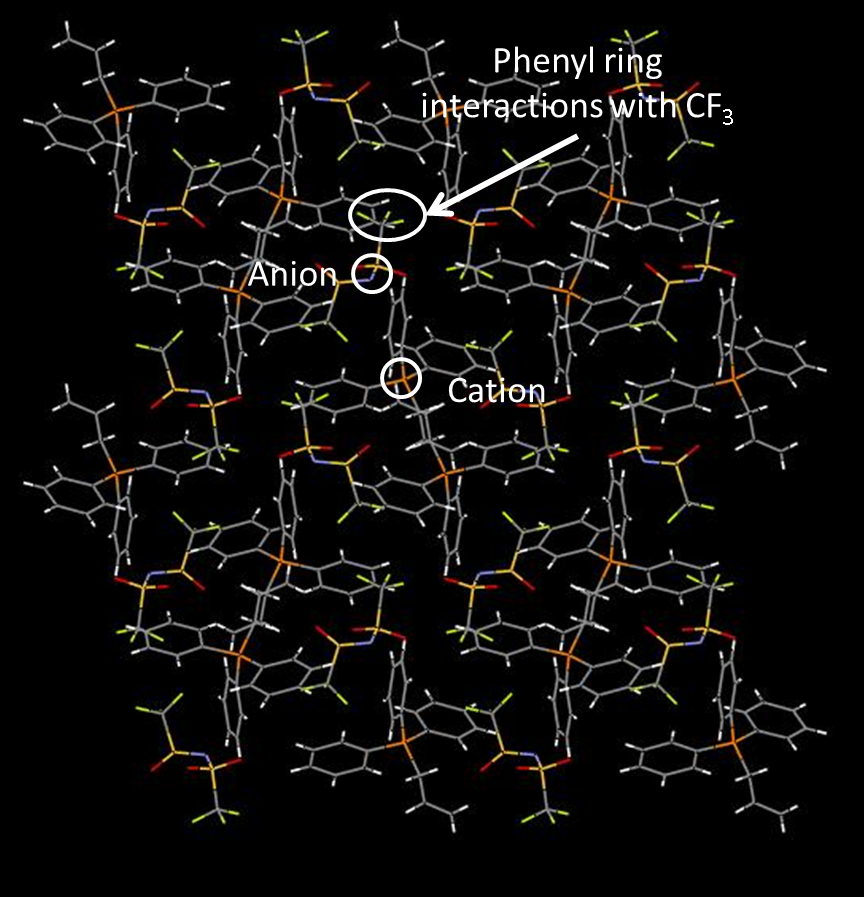
Direct Air Capture Sorbents
While our work on solvents and membranes is geared toward carbon dioxide capture from flue gas and large emission sites, RoCo® scientists are also developing novel sorbent materials for direct air capture (DAC). For DAC to be feasible, carbon dioxide capture must be maximized with little energy. Thus, one of the most critical aspects is dramatically improving the capacity, stability and kinetics of carbon dioxide capture with sorbent materials. RoCo® scientists have developed unique sorbent materials based on ionic liquid technology and partnered with external collaborators to create scalable, modular devices using our novel sorbents.
To learn more, check out these blog articles and publications.
Are you looking for an ideal partner to help you rapidly advance your carbon capture initiatives? Contact RoCo® today to learn more about how we can help you meet, and exceed, your goals.

